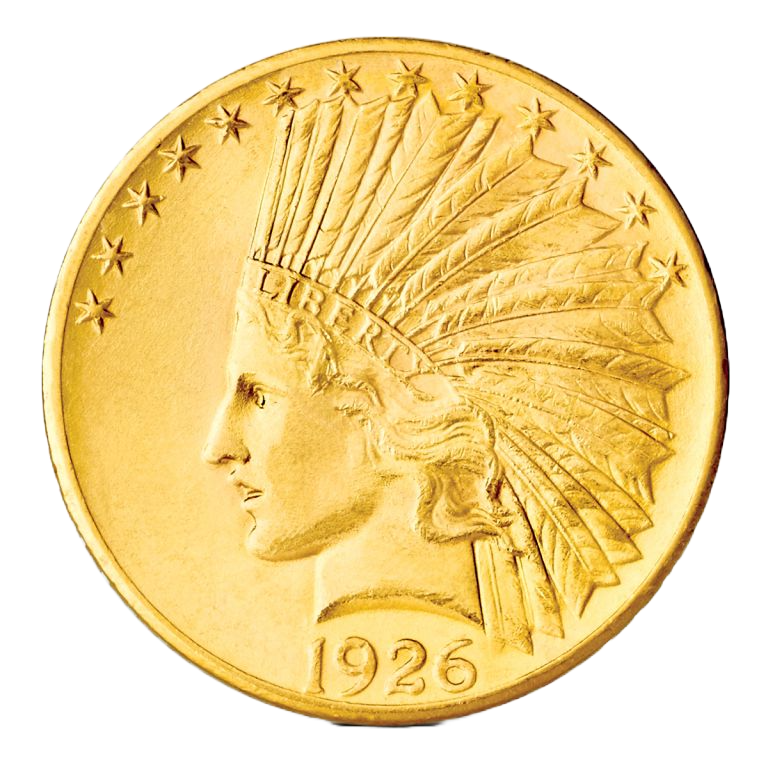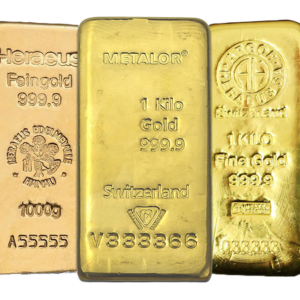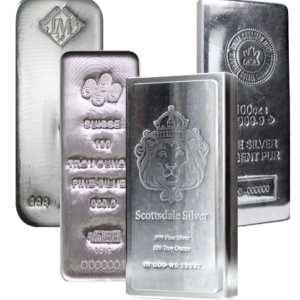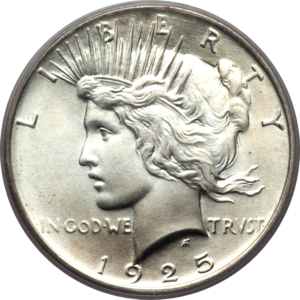Gold Indian coins are a type of coin that were minted by the United States government between 1907 and 1933. They are also known as Indian Head Eagles, because the obverse (front) of the coin features the profile of an American Indian, wearing a feather headdress. The reverse (back) of the coin features an eagle with outstretched wings.
Gold Indian coins were designed by sculptor Augustus Saint-Gaudens, and were minted in denominations of $2.50, $5, $10, and $20. The $2.50 coin is sometimes referred to as a "quarter eagle," the $5 coin as a "half eagle," the $10 coin as an "eagle," and the $20 coin as a "double eagle."
Gold Indian coins are highly prized by collectors and investors due to their beauty, historical significance, and scarcity. They contain 90% gold and 10% copper, and are among the most popular gold coins in the world. The value of a Gold Indian coin depends on several factors, including its condition, rarity, and historical significance. The rarer dates and mint marks can be quite valuable, often selling for many thousands of dollars.
-Assorted dates and mint marks are available-








